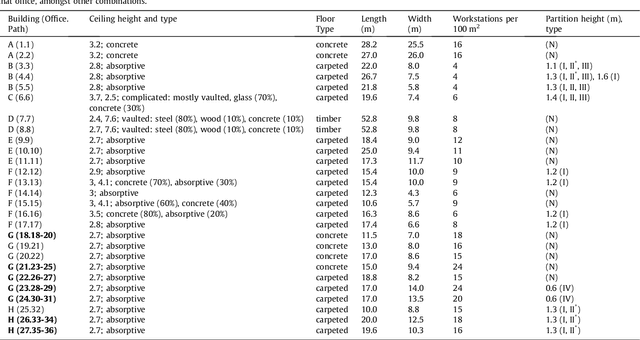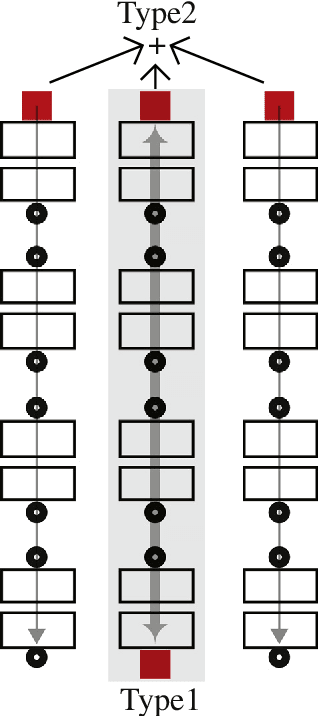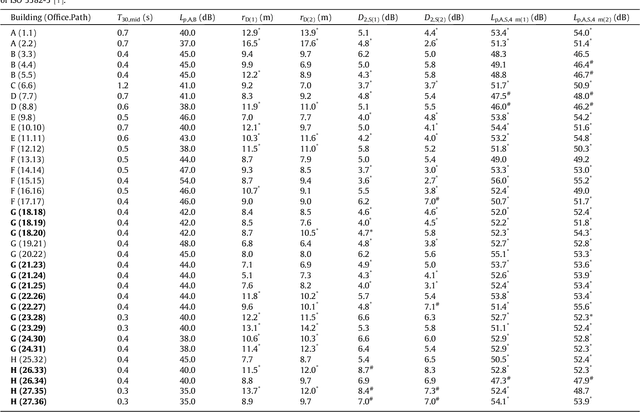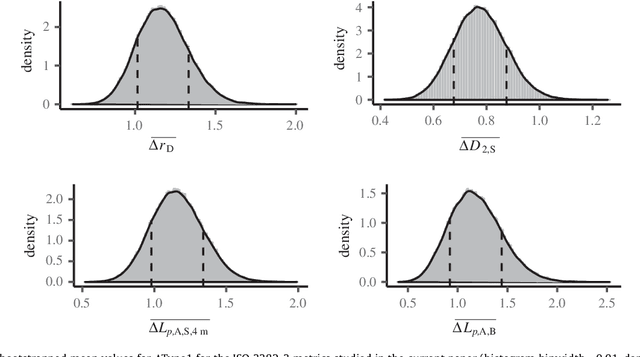James Love
Vision-based robot manipulation of transparent liquid containers in a laboratory setting
Apr 25, 2024Abstract:Laboratory processes involving small volumes of solutions and active ingredients are often performed manually due to challenges in automation, such as high initial costs, semi-structured environments and protocol variability. In this work, we develop a flexible and cost-effective approach to address this gap by introducing a vision-based system for liquid volume estimation and a simulation-driven pouring method particularly designed for containers with small openings. We evaluate both components individually, followed by an applied real-world integration of cell culture automation using a UR5 robotic arm. Our work is fully reproducible: we share our code at at \url{https://github.com/DaniSchober/LabLiquidVision} and the newly introduced dataset LabLiquidVolume is available at https://data.dtu.dk/articles/dataset/LabLiquidVision/25103102.
Reliability and repeatability of ISO 3382-3 metrics based on repeated acoustic measurements in open-plan offices
Jun 17, 2023



Abstract:This paper investigates variability in the key ISO 3382-3:2012 metrics, based primarily on the repeatability and reliability of these metrics, using repeated measurements in open-plan offices. Two types of repeated measurements were performed in offices, Type1 (n=36), where the same path over workstations was measured from opposite ends, and Type2 (n=7), where two different measurement paths were measured. Overall, most of the Type1 results seem reasonable considering repeats were conducted in complicated room acoustic environments, while Type2 repeats would benefit from larger sample sizes in future studies. Some recommendations are outlined for the ISO 3382-3 methodology vis-a-vis Type1 and Type2 repeats, including future research directions that go beyond increased sample sizes. (This is an abridged version of the abstract. Please see the paper for the full abstract)
 Add to Chrome
Add to Chrome Add to Firefox
Add to Firefox Add to Edge
Add to Edge